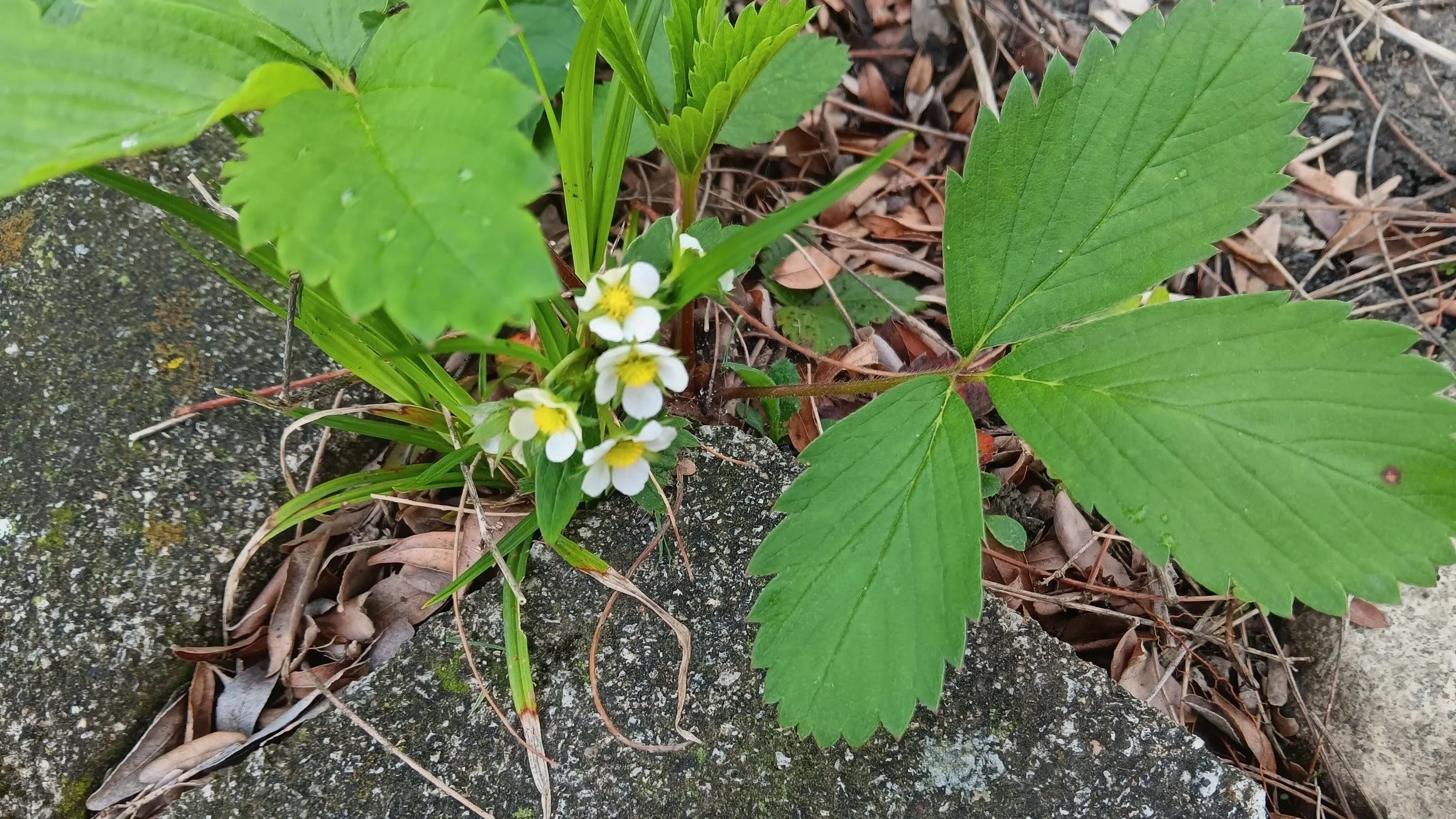Bloom: late spring to early summer
Habitats: areas along railroads; black soil prairies; bluegrass meadows; hill prairies; limestone glades; open woodlands; roadsides; savannas; small meadows in wooded areas; woodland borders
Lifespan: perennial
Moisture: moist to dry-mesic
Plant type (height): forb (4 to 7 inches)
Requirements: full sun to partial sun
Soil: fertile soil containing clay-loam or loam
